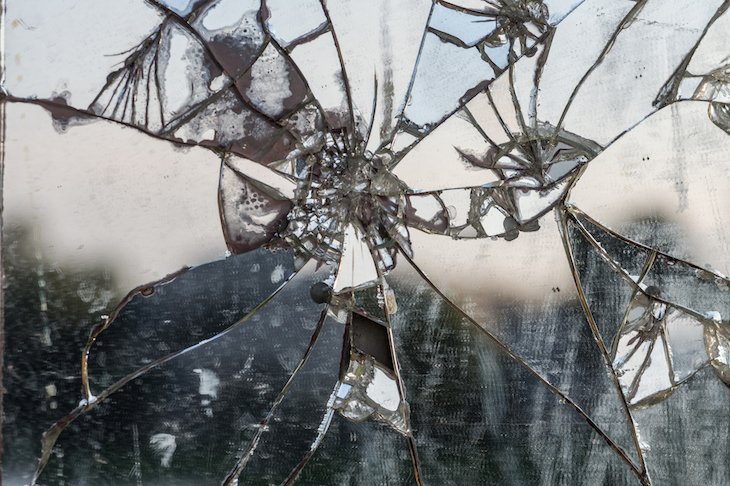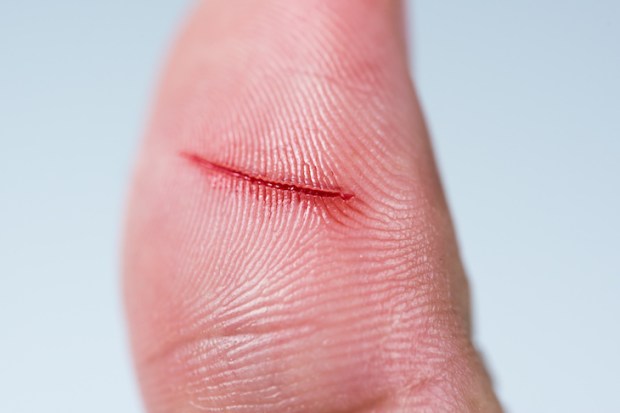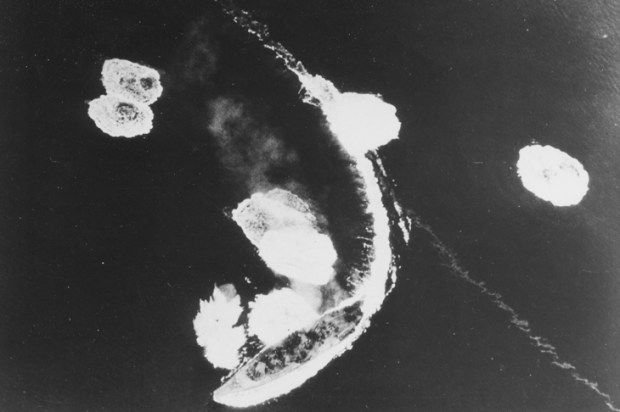The precarious stasis of late pregnancy offers the narrator of Jessie Greengrass’s exceptional first novel a space — albeit an uncomfortable one — for reflection. She sifts through her own immediate and past experience: caring for her dying mother in her early twenties; her relationship with her partner Johannes; her childhood; the birth of her first child.
This fragmented narrative is intercut with the stories of Wilhelm Conrad Röntgen, the inventor of the X-ray; Sigmund and Anna Freud; and the 18th-century anatomist, surgeon and empiricist John Hunter — along with other brief cameos from the history of science, from the Lumière brothers to the engraver Jan van Rymsdyk. These figures are not quite fictionalised; the narrator is always present, reminding us that this is partly guesswork, that there are experiences she ‘can’t imagine’. And yet, through a kind of sleight of hand, and with the aid of what is evidently meticulous research (as conducted by both narrator and author), these scenes from the past are vividly realised. Admirers of the titular short story of Greengrass’s collection An Account of the Decline of the Great Auk, According to One Who Saw It will find much to enjoy here.
Greengrass was a student of philosophy, and this is a profoundly and unashamedly philosophical book. What ties these disparate historical figures together, and to the narrator’s own project, is the endeavour to place faith in ‘the promise of the simplifying power of explanation, sight’; to find meaning, structure, permanence, by making ourselves ‘transparent’ or ‘explicit’ to ourselves, whether through the revelation, by X-ray, of ‘all that would not rot’, or through the scrupulous rigours of analysis. Doctor K, the narrator’s formidable psychoanalyst grandmother, believes in our ‘capacity to trace our lives backwards and pick the patterns out’. We might think this is precisely the task that the novel is enacting; but it is as much about the failure to do so, to ever be able to ‘look hard enough’.
If all this sounds rather chilly or abstract, it isn’t. The narrative is (painfully, funnily) rooted in the quotidian. The banality of bereavement is felt in the demands of the deceased’s dishwasher, and radiators, and boiler. The bizarre bodily, emotional and intellectual estrangement of pregnancy — ‘a kind of fracture, the past lost and the future suddenly made opaque’ — is subject to the same unflinching and visceral analysis. The prose is unsentimental, measured, breathtaking in its elegance, but never precious or mannered. Paragraphs over several pages, page-long sentences, move with extraordinary cadence towards devastatingly bathetic or utterly heartbreaking conclusions.
Physical contact is upheld as a means of genuine connection with another human being; a way for the narrator to be ‘less apart’, and to find ‘[her] place, and where its edges are’ within her family. Touch, as a way of knowing, is set against the primacy of the visual, of ‘seeing’ as ‘understanding’. Other people are as unknowable to us as we are to ourselves, but these brief moments of intimacy go some way to compensate for the gaps between us, the physical barriers — the skin, the cell-thick placental membrane that separates a child from its mother, even in the womb.
And the book is also about, in part, the necessity of that separation; the ongoing and ever-unfinished coming into being of a person. It brings all these things together, loosely and delicately, in a way that is unexpectedly and remarkably moving.
Got something to add? Join the discussion and comment below.
Get 10 issues for just $10
Subscribe to The Spectator Australia today for the next 10 magazine issues, plus full online access, for just $10.
You might disagree with half of it, but you’ll enjoy reading all of it. Try your first month for free, then just $2 a week for the remainder of your first year.














Comments
Don't miss out
Join the conversation with other Spectator Australia readers. Subscribe to leave a comment.
SUBSCRIBEAlready a subscriber? Log in